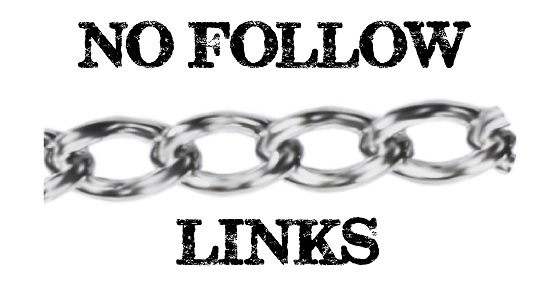Your cart is currently empty!
Tag: Links
-

Is it a Good Idea to Conduct a Link Building Campaign with No-Follow Links?
[ad_1] To improve your search engine rankings, it is important to increase the number of backlinks. It involves placing links on other websites and direct people to your own web page. As you don’t have to place the other website’s link on your website, you can also call it one-way link building. Google takes these
-

How to Create Content That Actually Drives Links
[ad_1] When it comes to content marketing, it’s no secret that a well-balanced mix of owned, paid and earned media is critical to success. To truly create a comprehensive plan, one that effectively captures customers, marketers must consider that the lines between each of these three types of media has blurred–one influencing the other and